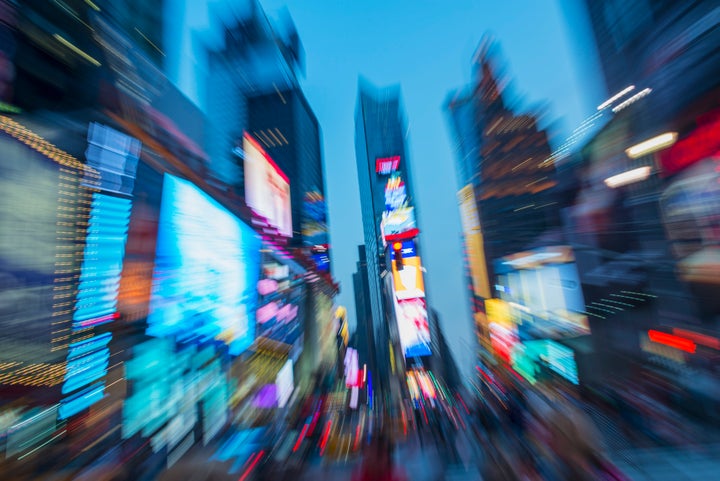
If you are one of the millions of people living in cities so luminous that the night sky never turns dark, you might want to run home, shut the curtains and turn off the lights.
Researchers have found that mice exposed to artificial light around the clock suffer a range of health consequences, according to a study published Thursday in the journal Current Biology.
The light-bombarded mice showed inflammation, muscle weakness and bone loss. In other words, the classic signs of frailty, which is typically a normal part of aging in people and animals—except that the mice in the study were not old.
Most of us do not live under uninterrupted light for six months like these mice did, but the findings highlight the consequences of meddling with the natural day-night cycle.
“We used to think of light and darkness as harmless or neutral stimuli with respect to health,” study co-author Johanna Meijer, of the Leiden University Medical Center in the Netherlands, said in a statement. But growing evidence from laboratories all over the world suggests the opposite, she added.
“Possibly this is not surprising as life evolved under the constant pressure of the light-dark cycle,” Meijer said. “We seem to be optimized to live under these cycles, and the other side of the coin is that we are now affected by a lack of such cycles.”
A Light-Powered Clock In The Brain
The premature aging in the mice can likely be traced to the nighttime light’s harmful effect on their brains’ circadian clock, according to the researchers.
After living for six months in brightly lit cages, the animals showed a 70 percent reduction of the normal rhythmic patterns in their brains’ central clock, a tiny group of 20,000 neurons in the hypothalamus called the suprachiasmatic nucleus (SCN).
Guided by the information from light-sensitive cells in the eyes, the SCN controls daily hormonal activities in the body over a 24-hour cycle. In the case of the mice, the SCN constantly received signals from those light-sensitive cells for six months. (Even with the eyes closed during sleep, a portion of the light still reaches the cells on the retina.)
Though mice are not people, a host of other studies suggest that light has similar effects on our own circadian clock: Too much exposure to artificial light breaks our natural sleep patterns. This in turn leads to health problems ranging from mood disorders to diabetes. Shift workers, for example, have an increased risk for heart disease. Sleep-deprived people may gain weight because their brains respond differently to high-calorie food. People with disrupted rest due to sleep apnea show poor bone health.
Turn The Darkness Back On
As for the darkness-deprived mice, they exhibited less strength and lower skeletal muscle function in standard tests. Their bone density decreased, and they showed signs of an activated immune system.
The good news, researchers said, was that those effects were reversible.
Two week after the mice were returned to a normal light-dark cycle, their SCN neurons got back in normal rhythm, and their health problems improved.

People don’t need to be part of a study to experience a disturbed day-night cycle. Up to 80 percent of the world’s population lives under artificial light during the night. Light pollution may grow even more as energy-efficient but high-intensity LED streetlights replace traditional street lamps, a Science research article noted last month.
Recently the American Medical Association also warned against the health effects of LED streetlights. Rich in blue light, LEDs may have up to five times greater impact on circadian rhythms than conventional street lamps, according to the AMA.
The medical group pointed out that brighter residential nighttime lighting is linked with reduced sleep, low sleep quality, sleepiness, impaired daytime functioning and obesity.
So shut the light out, and if you can’t, invest in an eye mask.
